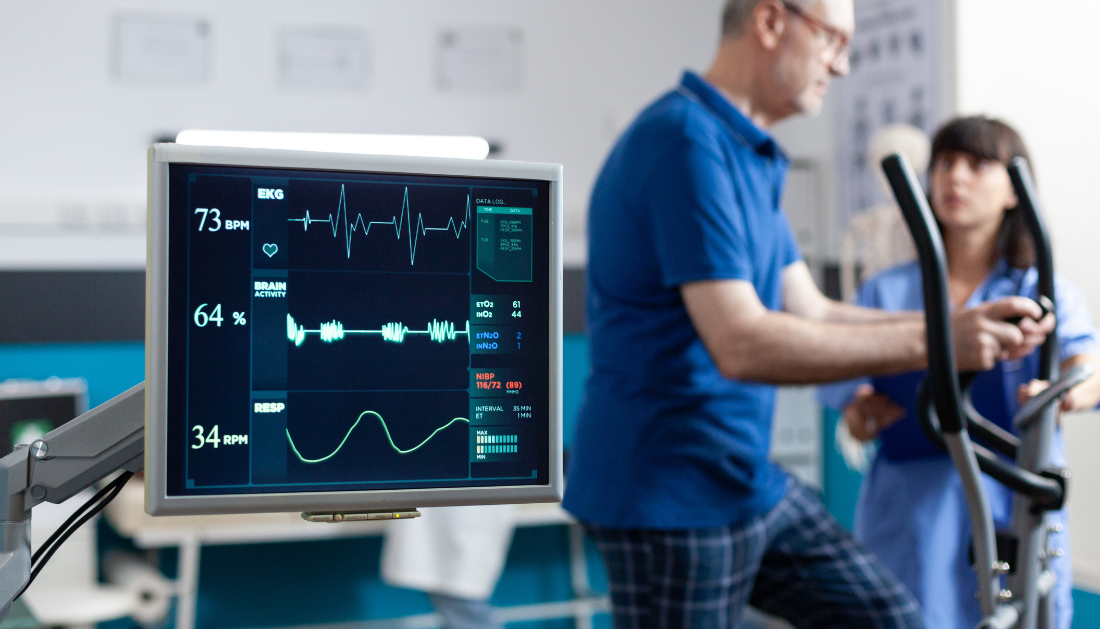

An international academic team has discovered 13 biomarkers that considerably improve the ability to reliably predict cardiovascular disease risk in persons with type 2 diabetes. The analysis was carried out by 23 specialists from 11 countries, led by The Johns Hopkins University in the United States, the Chinese University of Hong Kong in Hong Kong, and Lund University in Sweden.
Although patients with type 2 diabetes are twice as likely to develop cardiovascular disease as those without diabetes, physicians struggle to determine who in this population is most at risk. Traditional risk scores, which depict risk level in the presence of specific risk variables, have become obsolete and do not function well in different populations.
“More than 500 million people worldwide live with diabetes,” says Maria F. Gomez, Ph.D., co-senior author of the study, research group leader at the Lund University Diabetes Centre, and professor of physiology at Lund University. “With numbers that high, it’s important to identify readily available ways to accurately classify patients so that those at higher risk of cardiovascular disease can receive the preventative care they need.”
With this in mind, the research team evaluated and analyzed medical publications published since 1990 that looked at the differences between persons with type 2 diabetes who developed cardiovascular disease and those who did not.
“Our goal was to identify promising markers that could improve cardiovascular risk prediction in people with type 2 diabetes,” says Nestoras Mathioudakis, M.D., M.H.S., co-senior author of the study, co-medical director of the Johns Hopkins Medicine Diabetes Prevention & Education Program, and associate professor of medicine at Johns Hopkins University School of Medicine. “We wanted to look beyond traditional prognostic factors like hypertension and smoking.”
After reviewing and analyzing the published medical literature, the researchers gathered data on 321 biomarkers and discovered that 13 were significantly related with cardiovascular risk in persons with type 2 diabetes. The standout biomarker was N-terminal pro b-type natriuretic peptide (NT-proBNP), which is presently used in patients to assess their heart failure state. Across multiple trials, the team discovered that greater levels of NT-proBNP in the body were associated with an increased risk of cardiovascular disease. The team evaluated a study of 16,000 patients and discovered that every standard deviation rise in NT-proBNP increased the hazard rate by 64%.
“The 13 biomarkers, particularly NT-proBNP, require additional testing to determine their potential,” says Ronald Ma, M.B. B.Chir., FRCP, FHKCP, FHKAM, co-senior author of the study and S.H. Ho Professor of Diabetes at the Chinese University of Hong Kong. “If future studies confirm their value in predicting cardiovascular risk in patients with type 2 diabetes, we may be able to change standards of care.”
The study was carried out as part of the Precision Medicine in Diabetes Initiative, an international collaboration between the American Diabetes Association and the European Association for the Study of Diabetes.
more recommended stories
 Can Ketogenic Diets Help PCOS? Meta-Analysis Insights
Can Ketogenic Diets Help PCOS? Meta-Analysis InsightsKey Takeaways (Quick Summary) A Clinical.
 Silica Nanomatrix Boosts Dendritic Cell Cancer Therapy
Silica Nanomatrix Boosts Dendritic Cell Cancer TherapyKey Points Summary Researchers developed a.
 Vagus Nerve and Cardiac Aging: New Heart Study
Vagus Nerve and Cardiac Aging: New Heart StudyKey Takeaways for Healthcare Professionals Preserving.
 Cognitive Distraction From Conversation While Driving
Cognitive Distraction From Conversation While DrivingKey Takeaways (Quick Summary) Talking, not.
 Fat-Regulating Enzyme Offers New Target for Obesity
Fat-Regulating Enzyme Offers New Target for ObesityKey Highlights (Quick Summary) Researchers identified.
 Spatial Computing Explains How Brain Organizes Cognition
Spatial Computing Explains How Brain Organizes CognitionKey Takeaways (Quick Summary) MIT researchers.
 Gestational Diabetes Risk Identified by Blood Metabolites
Gestational Diabetes Risk Identified by Blood MetabolitesKey Takeaways (Quick Summary for Clinicians).
 Phage Therapy Study Reveals RNA-Based Infection Control
Phage Therapy Study Reveals RNA-Based Infection ControlKey Takeaways (Quick Summary) Researchers uncovered.
 Pelvic Floor Disorders: Treatable Yet Often Ignored
Pelvic Floor Disorders: Treatable Yet Often IgnoredKey Takeaways (Quick Summary) Pelvic floor.
 Urine-Based microRNA Aging Clock Predicts Biological Age
Urine-Based microRNA Aging Clock Predicts Biological AgeKey Takeaways (Quick Summary) Researchers developed.

Leave a Comment